Pacuare River Conservation History
Costa Rica Runs on >75% Hydropower
Protecting the Pacuare River
“I started trying to save a river and a rainforest valley that would have been ruined by being dammed. Nature would have been killed. But we did not comprehend then how far-reaching our activism would be. We ended up causing ICE to have to create environmental impact report policies. We pushed them to look into developing other alternative energies, which has led to wind, solar, and geothermal energy projects in Costa Rica, moving away from hydroelectric dams over the years.”
– Rafa Gallo
September 1980
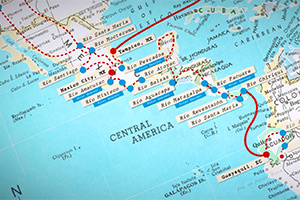
November 1985
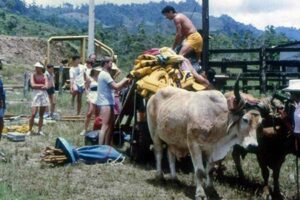
1986
April 22, 1988
1988
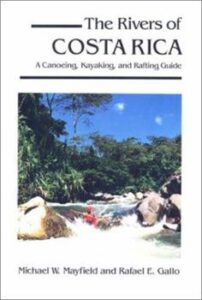
1989
Rafa Gallo founds the Pro-Rivers, Defending the Pacuare River (1989-1994). It closely partners with Friends of the River in California for fundraising.
April 22, 1990
April 23, 1990
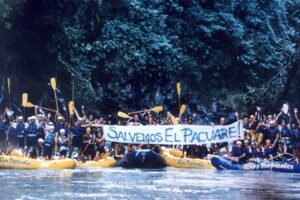
April 1990
Rafael Gallo and Fernando Esquivel begin legal proceedings against ICE to require an independent third-party environmental impact study on the dam site, and win. Victory changes Costa Rican law to require independent third-party environmental impact studies for all future infrastructure projects. Their environmental lawyer, Carlos Manuel Rodriguez, later serves three terms as Costa Rica’s Minister of the Environment.
April 22, 1991
A 7.7 magnitude earthquake centered near the port city of Limón destabilizes the proposed Pacuare River dam site’s bedrock, causing fissures in the Dos Montañas Canyon and forces ICE to eventually abandon the hydroelectric project. It is the strongest earthquake in Costa Rica’s recorded history.
September 1991
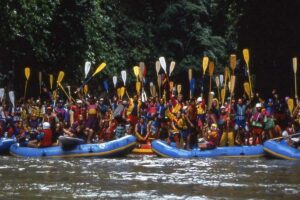
1993
September 1998
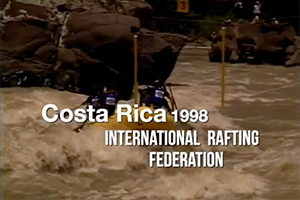
2000
August 28, 2005
2008
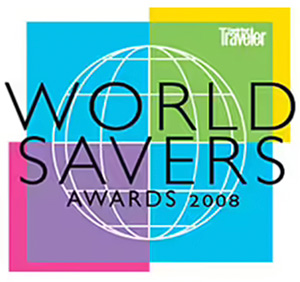
2008
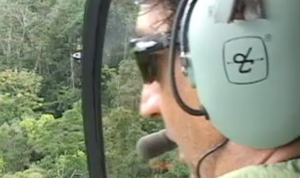
2009
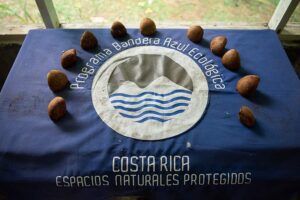
2010
The El Tigre Community receives a Blue Ecological Flag for River Conservation. This award was received annually from 2010 – 2016.
October 2011
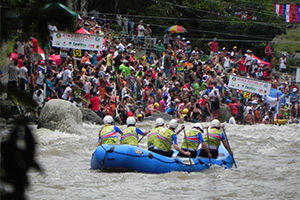
August 28, 2015
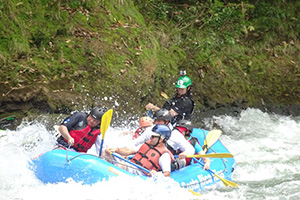
October 2019
The first-ever IRF World Whitewater Rafting Summit is held in Costa Rica, closing with a 200 person Pacuare River rafting trip to send a message of river conservation.
August 2021

March 31, 2022
The Sarapiqui becomes Costa Rica’s first river to be environmentally protected by law for 25 years. Activists are using the precedent to advocate for legal protection of Costa Rica’s other major rivers, including the Pacuare.


